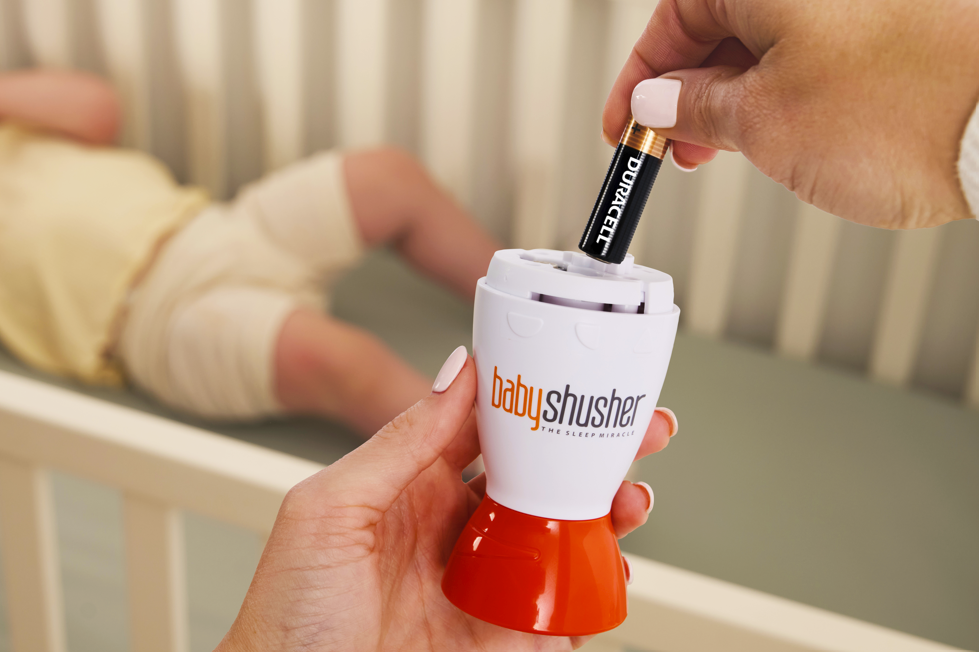Ah, baby sleep. Or as I like to call it, the mythical unicorn of parenthood. We all dream of a night filled with uninterrupted zzz’s, but instead, we’re met with an adorable, albeit exhausting, reality. Babies—bless their tiny hearts—aren’t wired like adults when it comes to sleep. And that’s okay! Understanding the science behind baby sleep cycles is the first step toward working with them, not against them. So, let’s dive in (coffee in hand, of course).
What Are Baby Sleep Cycles?
First, let’s get nerdy for a second. Babies’ sleep cycles are shorter than ours. While adults typically cycle through 90-minute sleep phases, babies’ sleep cycles last about 40-50 minutes. Each cycle has two main stages:
-
Active Sleep (REM): This is the lighter sleep phase where babies might squirm, make those adorable little noises, or even open their eyes briefly.
-
Quiet Sleep (Non-REM): This is deeper sleep where your little one looks like an angel (and you contemplate how such a tiny human can create so much laundry).
Newborns spend about half of their sleep in REM, which is critical for brain development. By six months, their sleep patterns start to mature, but the cycles are still shorter than ours. The trick is to understand these cycles and work with them, not fight against them.
Why Do Babies Wake Up So Often?
Here’s the thing: babies’ shorter sleep cycles mean they have more opportunities to wake up. And they often do, especially during the transition from one cycle to the next. This is completely normal and (I hate to say it) expected. But don’t worry, there are ways to help your little one—and you—get better rest.
How to Work With Baby Sleep Cycles
Here’s where the magic happens. By understanding your baby’s sleep patterns, you can create an environment and routine that supports their natural rhythms. Here’s how:
-
Watch for Sleep Cues Babies are pros at giving subtle (and sometimes not-so-subtle) signs they’re ready for sleep. Look for yawning, eye-rubbing, or that glazed-over "I’m done with today" look. Putting your baby down when they’re drowsy but awake helps them learn to self-soothe.
-
Create a Consistent Routine A predictable bedtime routine signals to your baby that it’s time to wind down. This might include a bath, a book, a lullaby, and turning on a Baby Shusher (wink, wink). Keep it simple and consistent—you’re building sleep associations that will last.
-
Use Tools to Support Sleep Tools like sound machines can help mimic the womb’s comforting sounds and mask household noise. And don’t underestimate the power of a dark, cool room. Blackout curtains and a gentle amber nightlight, like the Shusher Firefly, can work wonders.
-
Time It Right Babies tend to wake after each sleep cycle. If your baby stirs, give them a moment to settle back down on their own. Rushing in too quickly might disrupt their ability to link cycles together.
-
Know When to Sleep Train If your baby is waking up more than usual or struggling to fall asleep, it might be time to explore gentle sleep training methods. Timing is everything; most experts suggest waiting until your baby is at least four months old.
When Things Go Sideways (Because They Will)
Babies are unpredictable. Just when you think you’ve got a handle on their sleep, a growth spurt, teething, or—gasp—a sleep regression pops up. These phases are temporary, so hang in there. Lean on your routine and tools, and remember that this too shall pass.
Final Thoughts
Baby sleep cycles can feel like an unsolvable puzzle, but with a little knowledge and patience, you can crack the code. Celebrate the small wins—like an extra 30 minutes of sleep—and give yourself grace on the tough days. After all, your baby’s sleep patterns are just one more way they’re growing and learning every day. And don’t forget to keep your Baby Shusher handy—because every bit of help counts when it comes to sleep.
Here’s to better nights and brighter mornings!

